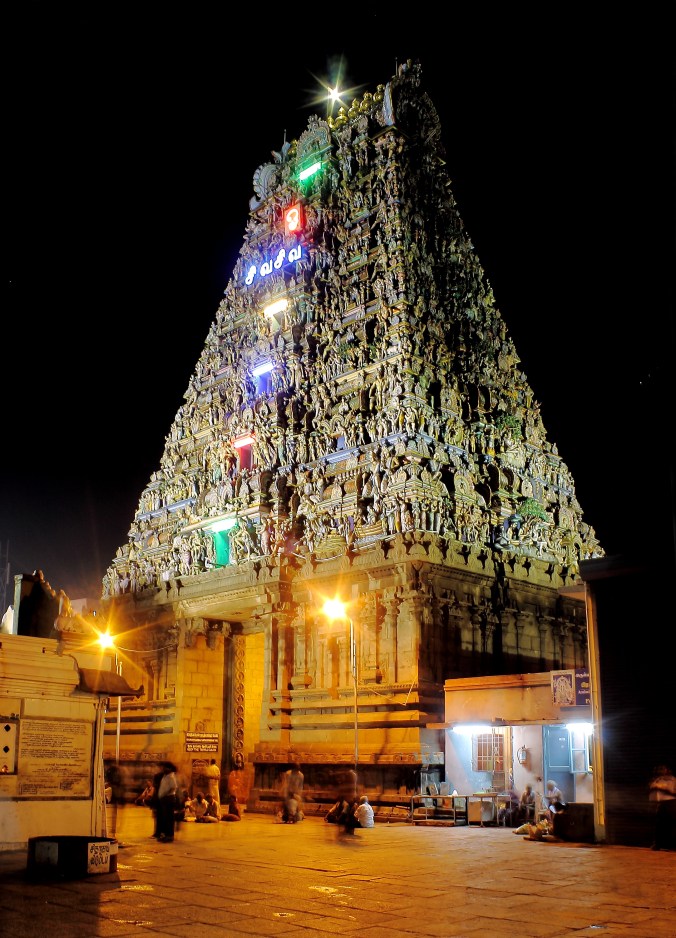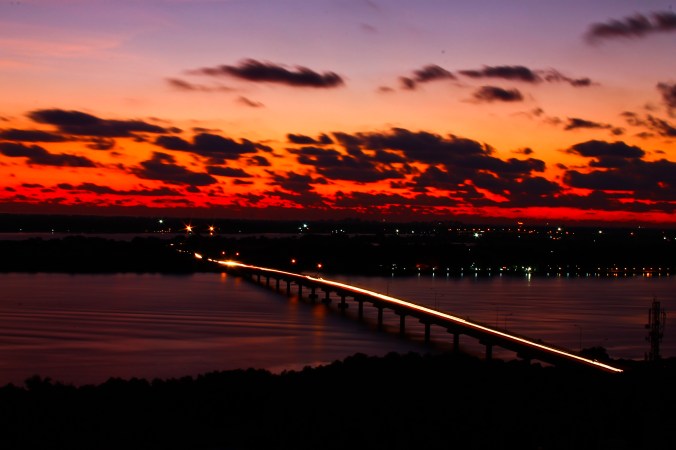In my previous post, I talked briefly about the beauty of contrast between stationary backdrops and objects in motion, waterfalls being my focal point. Still without a tripod (an almost essential piece of equipment for this kind of photography), I have been putting myself and many props in uncomfortable positions to steady my camera as I aimed for enlightenment.
Night photography is as twice as complicated as that of the day, but can be twice as rewarding. During the day, acceptable lighting is present in most situations, and subjects are never in short order. But when the sun sinks over the horizon, the darkness that follows casts everything in a different sort of light. Night photographers have two options for setting their cameras – high ISO, quick shutter speed, or low ISO accompanied by slow shutter speed. For those who aren’t technically oriented, ISO is synonymous with light sensitivity – a low ISO will be very insensitive to light, but the resulting photograph will have very little interference, or noise. A high ISO will require significantly less light to illuminate the subject, but there will be a grainy quality to the image – something most people find undesirable. On the other hand, shutter speed does not affect image quality – it only affects how much light actually enters the camera, and to accompany that, how much motion is conveyed by the image.
So as you can see, one has two worthwhile choices short of a set-up shot – subjects in motion (long shutter speed) and little noise (low ISO), or subjects frozen in time (fast shutter speed) at the expense of clarity (high ISO). I personally prefer the former, although my subjects are mostly landscapes or other stationary items – another photographer might find it worthwhile to learn post-processing to eliminate noise in night-time portraits.


